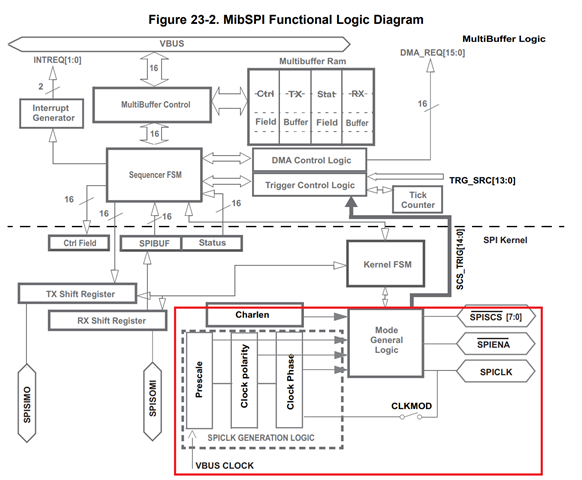Hello:
We are using SDK3.6.0 and radar toolbox 1.0.0.26 software version. During the development of IWR1843 using SPI protocol communication, it is found that the SPI communication rate set in the code is inconsistent with the actual frequency of CLK output detected by the oscilloscope. The corresponding relationships of the specific test groups are as follows:
|
Set the SPI communication rate in the code(MHz) |
Oscilloscope detects CLK(MHz) |
|
10 |
10.57 |
|
30 |
33.333 |
|
40 |
50 |
Here I have two questions to ask:
1. Is there a one-to-one correspondence between the SPI rate set by the code and the frequency of the final output CLK, or is there a large gap between the corresponding relationship between each radar chip (this is because I do not have a lot of statistics on the corresponding relationship between the output frequencies of 18 radar chips, so I do not know Sure)
2. The rate set by the code is different from the actual output rate. Is this a rule for setting the SPI communication rate or a software defect?
If different 18 radar chips can output basically the same CLK frequency at the same SPI communication rate, this is also satisfactory for normal use. If you can help explain the reason for this phenomenon, please feel free to enlighten me, thank you.
Best Regards,
Gary


